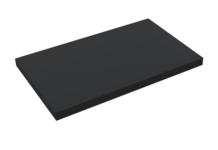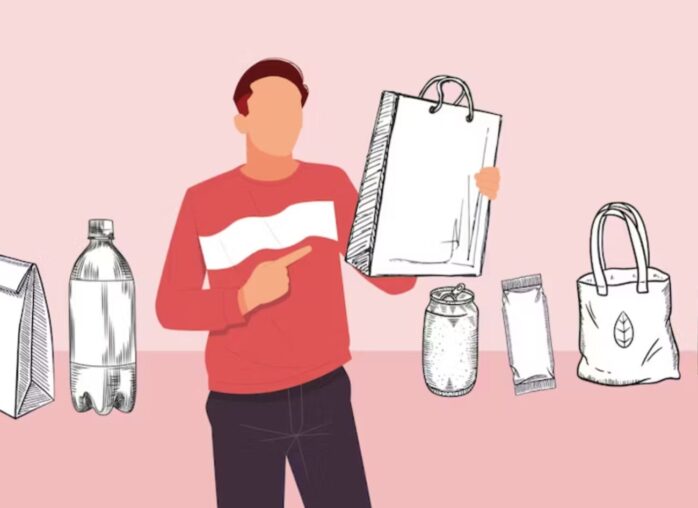
In the dynamic world of commerce, packaging plays a pivotal role in product marketing and distribution, far surpassing its basic function of protection. It’s the first thing a customer sees, the first experience they have with a product, making it a critical aspect of marketing and brand identity. Packaging, in its various forms, serves not just to preserve and protect, but also to communicate and attract. This article delves into the different types of packaging that businesses employ, showcasing the diversity and ingenuity evident across various industries.
Packaging by Function
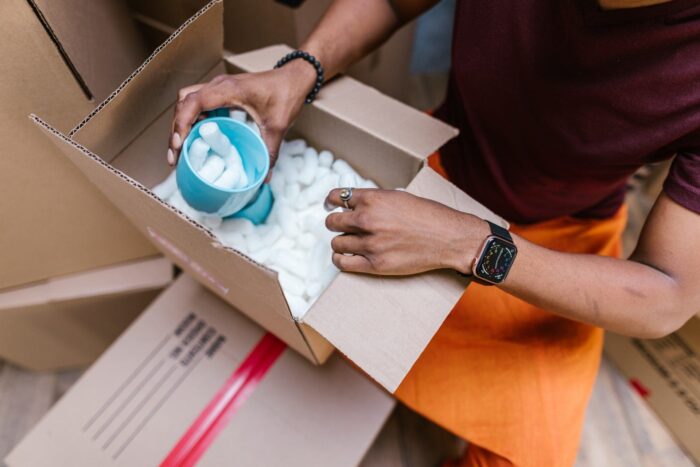
Protective Packaging
Protective packaging is designed to safeguard products from damage during transit and storage. Common examples include bubble wrap, used for its cushioning properties, and foam inserts, which provide a snug fit for delicate items. These materials are essential in ensuring that products, from electronics to glassware, reach their destination in pristine condition.
Containment Packaging
Containment packaging is what most people think of when they imagine packaging. This category includes bottles for liquids, cans for beverages, and boxes for a vast array of products. Each type serves the primary purpose of holding the product, ensuring it remains contained and secure until it reaches the consumer.
Informational Packaging
An often-overlooked function of packaging is its role in communication. Informational packaging includes labels that display product information, ingredients, and usage instructions, as well as instructional booklets that may accompany a product. This aspect of packaging is crucial in informing the consumer and enhancing the user experience.
Packaging by Material
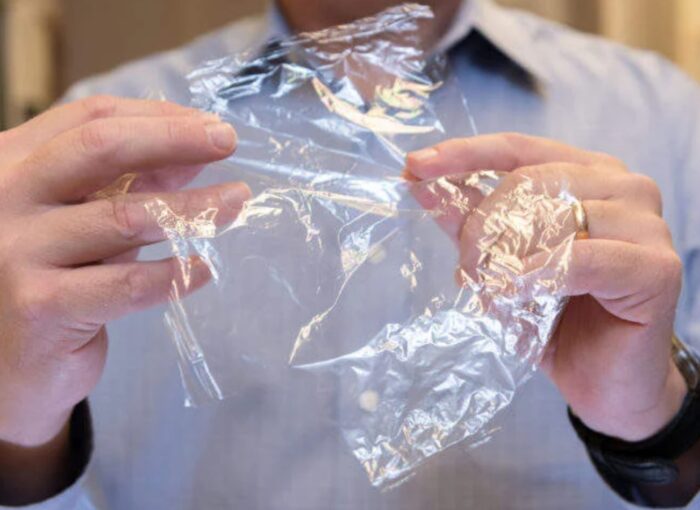
Plastic
In the diverse world of packaging materials, plastic stands out for its exceptional versatility. Among the common types, PET (Polyethylene Terephthalate) is renowned for its clarity and strength, making it a popular choice for water and soda bottles. HDPE (High-Density Polyethylene) is favored for its robustness, often used in sturdy containers like milk jugs.
Adding to this variety is flexible plastic packaging, which includes materials like polyethylene films used in bags and wraps. This type of packaging is valued for its lightweight nature and adaptability, ideal for everything from snack bags to stretch film for pallets. However, the widespread use of plastic in packaging, despite its functional benefits, has raised environmental concerns.
This has spurred increased interest in developing recyclable and biodegradable plastic alternatives, as the industry seeks to balance utility with environmental responsibility. You can read more about such packaging in the article “What Is Flexible Packaging“.
Paper-based
Paper-based packaging, encompassing materials like corrugated cardboard and kraft paper, is a staple in both the retail and shipping industries. Corrugated cardboard is prized for its strength and is commonly used in shipping boxes, while kraft paper is often used for its aesthetic appeal in retail packaging. These materials are favored for their recyclability and renewable nature.
Metal
Metal packaging, including aluminum and steel cans, is valued for its strength and excellent barrier properties. Aluminum cans are ubiquitous in the beverage industry, while steel cans are a mainstay in the food industry, especially for canned goods. Metal packaging is highly recyclable, contributing to its enduring popularity.
Glass
Glass packaging is often chosen for its aesthetic appeal and inert nature, making it ideal for products like beverages, pharmaceuticals, and cosmetics. Glass can be endlessly recycled without loss of quality or purity, making it an environmentally responsible choice. However, its weight and fragility are factors that can limit its use in some applications.
Innovative Packaging Solutions
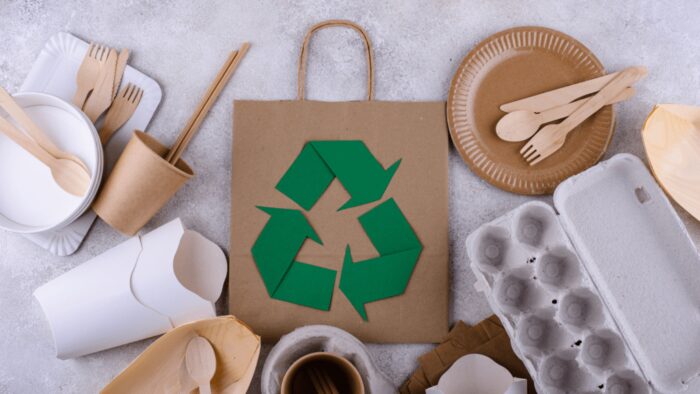
In the ever-evolving landscape of packaging, innovation plays a key role in meeting the demands of both consumers and the environment. Cutting-edge solutions are transforming the way products are packaged, combining functionality with sustainability and technological integration.
Sustainable Packaging
The push towards sustainability has led to the emergence of eco-friendly materials and designs in packaging. Companies are increasingly adopting materials like bioplastics, made from renewable resources, and incorporating recycled content into their packaging. Additionally, designs that minimize waste, such as concentrated product formats requiring less packaging, are gaining traction. This shift not only reflects corporate responsibility but also aligns with the growing consumer preference for environmentally conscious choices.
Smart Packaging
Technological advancements are revolutionizing packaging, making it more interactive and informative. Smart packaging incorporates features like QR codes, which can be scanned to reveal product information, brand stories, or promotional content. Freshness sensors in food packaging are another innovative feature, changing color to indicate product quality and safety, thereby reducing food waste and enhancing consumer trust.
Customized Packaging
Customized packaging is redefining branding and consumer engagement. Personalized packaging, which includes customized designs, limited edition prints, and even customer names on the packaging, is becoming a powerful marketing tool. This trend not only enhances brand loyalty but also allows companies to stand out in a crowded marketplace.
Packaging for Specific Industries
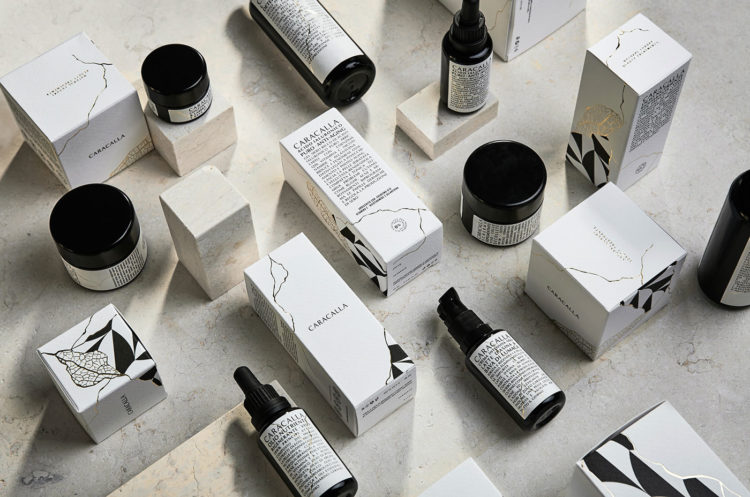
Food and Beverage
Packaging in the food and beverage industry must meet unique requirements to ensure product safety, maintain freshness, and comply with regulatory standards. Innovations here include modified atmosphere packaging, which extends shelf life for fresh produce, and smart labels that track temperature changes during shipping. Packaging in this sector is also seeing a shift towards more sustainable materials, like plant-based plastics and compostable containers.
Pharmaceutical
In pharmaceutical packaging, safety and material integrity are paramount. Packaging in this industry is designed to protect sensitive products from contamination, ensure tamper evidence, and often includes child-resistant features. Materials used must be non-reactive and able to maintain the stability of pharmaceutical products under various conditions. Advances in this field include blister packs with improved barrier properties and smart pharmaceutical packaging equipped with compliance tracking.
Cosmetics and Personal Care
The cosmetics and personal care industry places a high emphasis on the aesthetics and functionality of packaging. This sector often uses packaging as a key element of brand identity, with designs that are visually appealing and convey a sense of luxury. Innovations include airless pump bottles that prevent product contamination and extend shelf life, and sustainable options like refillable containers to reduce plastic waste.
Global Trends Influencing Packaging
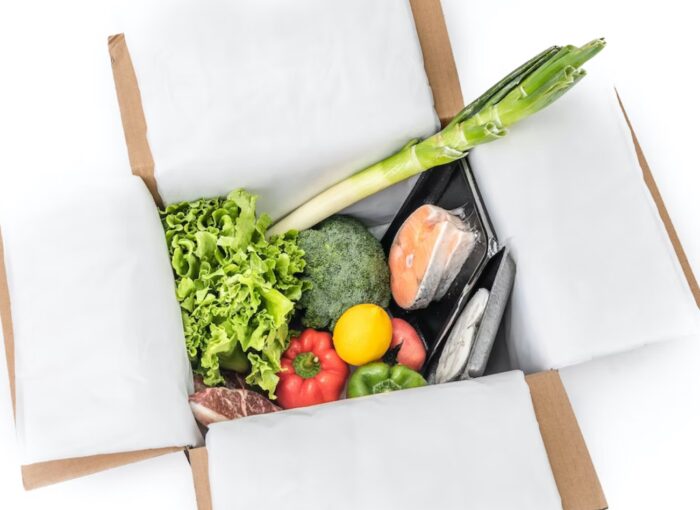
The landscape of packaging is continually reshaped by global trends, with sustainability and digitalization at the forefront. The increasing emphasis on environmental sustainability is driving the demand for packaging solutions that are not only efficient but also ecologically responsible. This trend has accelerated the development and adoption of biodegradable materials, lightweight packaging to reduce shipping emissions, and designs that are easier to recycle.
Digitalization, on the other hand, is revolutionizing packaging through the integration of technology. The rise of e-commerce has necessitated packaging that is more durable for shipping while still being cost-effective. Additionally, digital technologies like QR codes and augmented reality (AR) are being used to create interactive packaging that enhances customer engagement and provides valuable product information.
Challenges and Future Outlook
Despite these advancements, the packaging industry faces significant challenges. Waste management remains a critical issue, with packaging constituting a major portion of global waste. Addressing this requires not just innovative materials but also systemic changes in recycling infrastructure and consumer behavior. Cost efficiency is another challenge, as eco-friendly and technologically advanced packaging solutions often come with higher production costs.
Looking to the future, the packaging industry is poised for further evolution. We can expect to see more advancements in sustainable materials, such as plant-based plastics and edible packaging, which will continue to reduce the environmental footprint. Technological innovations like smart sensors and AI-driven packaging designs are anticipated to become more prevalent, offering enhanced functionality and consumer experiences.
Conclusion
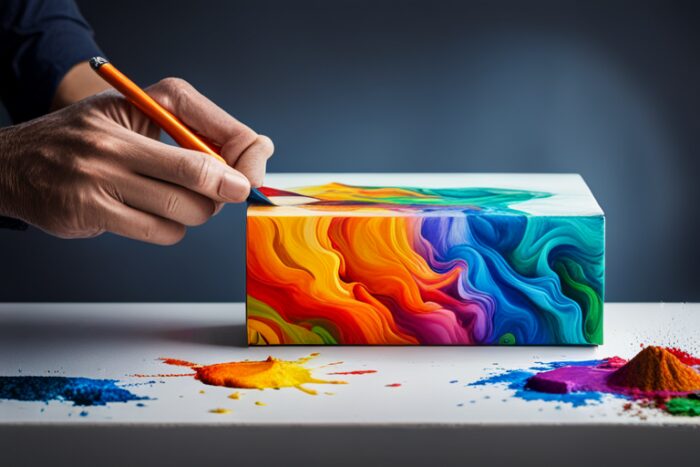
Understanding the different types of packaging is crucial in today’s market, where packaging plays a significant role in product success and brand perception. From protective and functional to sustainable and smart, each type of packaging brings unique benefits and challenges. The evolution of packaging is not just about aesthetic appeal or physical protection; it’s increasingly about creating a sustainable future and enhancing customer interaction through technological integration.
As we look forward, the packaging industry is expected to continue its trajectory of innovation, with an emphasis on sustainability and digital solutions. This evolution will not only reflect the changing demands of consumers and global trends but also the industry’s commitment to addressing environmental challenges. The future of packaging, therefore, lies in its ability to adapt and innovate, ensuring it meets the needs of both the present and the future in various sectors.


